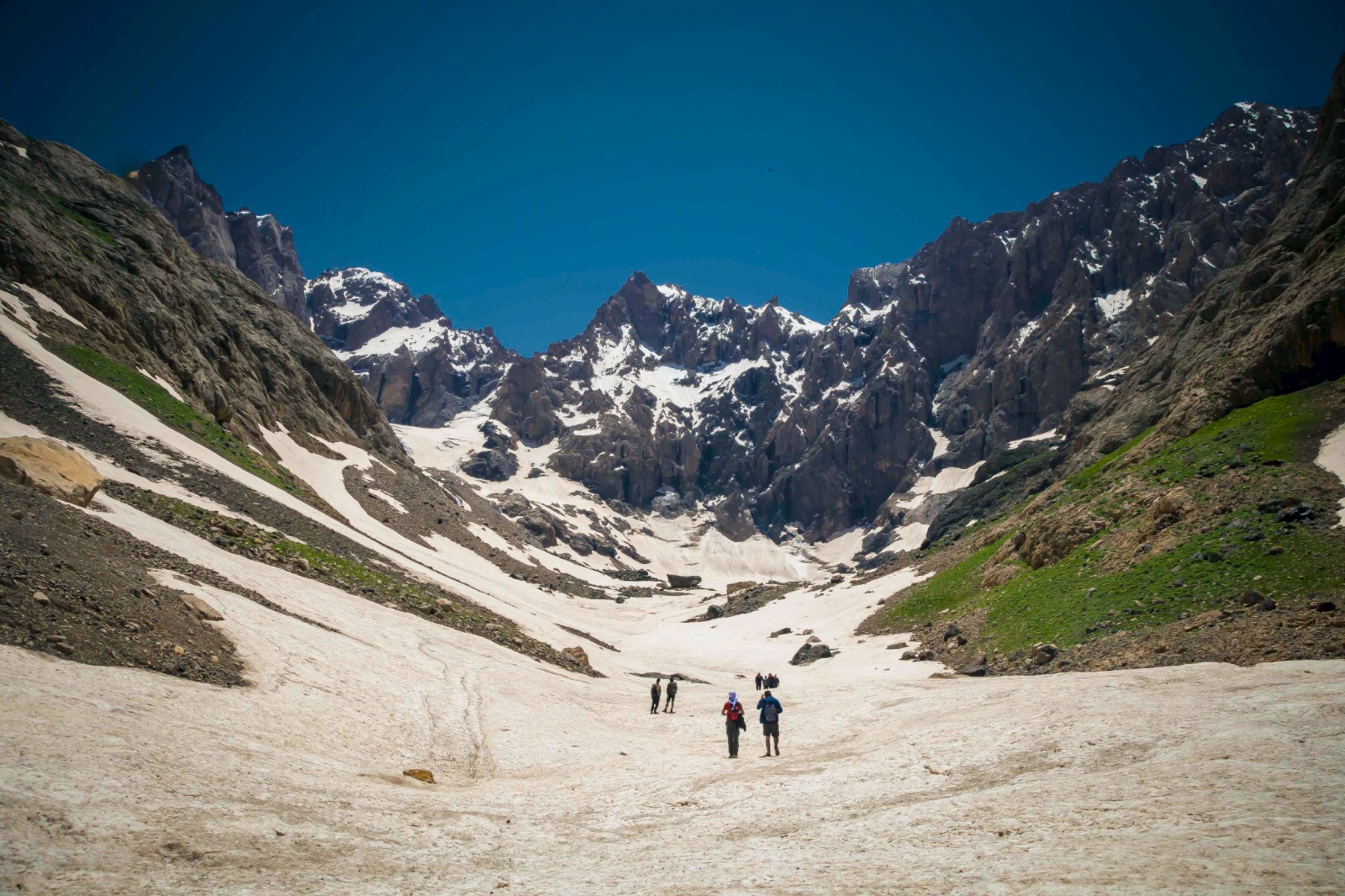
Basic Changes in the Human Body on Mount Ararat
When climbing a mountain like Mount Ararat, which is 5,137 meters high, the human body gives serious physiological reactions. These reactions are caused by high altitude, low oxygen levels, cold weather and physical exertion. The main changes that occur in the body during the Mount Ararat trip:
1.Acceleration of Breathing:
Since oxygen density decreases at high altitude, the body starts to breathe quickly and deeply in order to take in more oxygen. This can cause dizziness and lightheadedness.
- Increased Heart Rate:
Due to decreased oxygen, the heart works harder to carry enough oxygen to the tissues. This can cause an increase in pulse, fatigue and heart diseases.
- High Altitude Sickness (ALS):
If the body cannot adapt to the rapid altitude gain, this disorder, which starts with symptoms such as headache, nausea and weakness, can turn into brain or pulmonary edema if left untreated.
- Decrease in Body Temperature (Risk of Hypothermia):
As you go higher, the air temperature drops. If you do not wear appropriate clothing, your body temperature can drop dangerously and you may freeze.
- Dehydration (Dehydration):
Since sweating is not noticed in the cold and water loss increases due to dry air, the body can become dehydrated. This causes cramps, fatigue and headaches.
- Weakening of Mental Performance:
Attention, focus and decision-making skills weaken due to lack of oxygen. Coordination is impaired and balance loss may occur.
- Decrease in Muscle Strength:
Muscles cannot get enough oxygen and start to tire quickly. This reduces performance and increases the risk of injury.
- Loss of Appetite and Digestive Problems:
At high altitudes, appetite decreases and the digestive system slows down. This leads to insufficient energy intake, weakness and low energy.
- Disruption of Sleep Pattern:
Insomnia is common at high altitude. Problems such as waking up at night and not being able to sleep deeply increase fatigue and delay recovery.









Leave a comment: